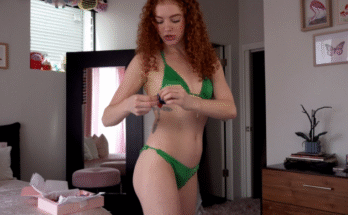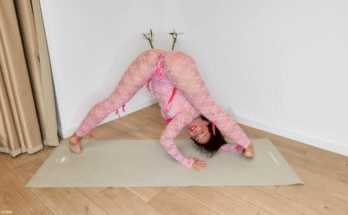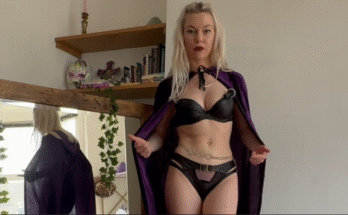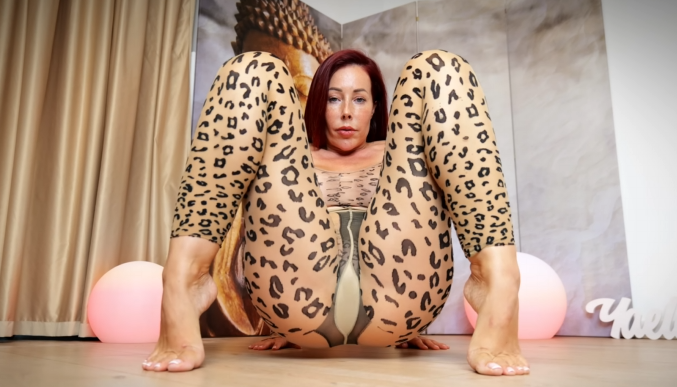
In our fast-paced, always-on world, stress can feel like an inevitable part of life. The constant demands of work, social responsibilities, and personal goals often leave us feeling tense, tired, and disconnected from our inner peace. That’s where yoga comes in—a practice that harmonizes the body and mind, bringing calm into chaos. Today, we’re diving into the most relaxing yoga flow—a gentle sequence designed to soothe your nervous system, release tension, and restore balance.
Why Choose a Relaxing Yoga Flow?
Unlike high-intensity yoga styles like Vinyasa or Power Yoga, a relaxing yoga flow focuses on slow, mindful movement and deep breathing. It’s not about sweating or burning calories; it’s about finding peace and grounding yourself in the present moment. This type of practice:
- Reduces stress and anxiety
- Improves flexibility and mobility
- Enhances blood circulation
- Promotes better sleep
- Creates mental clarity
By moving slowly and deliberately, we encourage the parasympathetic nervous system—the “rest and digest” mode—to take over, signaling to the body that it’s safe to relax.
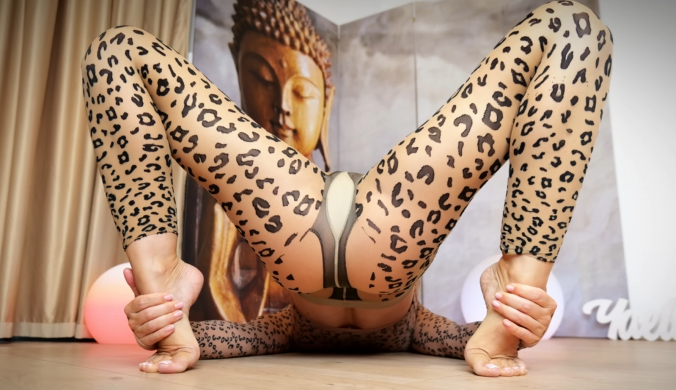
What You’ll Need
To create the perfect environment for this flow, gather the following:
- A yoga mat
- Two blocks (or sturdy books)
- A bolster or firm pillow
- A blanket
- Soothing background music (optional)
Set up in a quiet, dimly lit space. If possible, light a candle or diffuse calming essential oils like lavender or chamomile for an added sense of tranquility.
The Most Relaxing Yoga Flow: Step-by-Step
This flow takes about 30–45 minutes, making it ideal for evenings or anytime you need a mental reset.
1. Easy Seated Pose with Breath Awareness (5 minutes)
Start by sitting cross-legged on your mat with your hips elevated on a block or folded blanket. Close your eyes and bring your hands to your knees or place them gently on your lap.
- Inhale deeply through your nose, filling your belly and lungs.
- Exhale slowly through your nose, feeling your body soften.
- Continue for 10 slow breaths, letting your shoulders melt away from your ears.
This simple practice grounds you and sets the tone for the rest of the session.
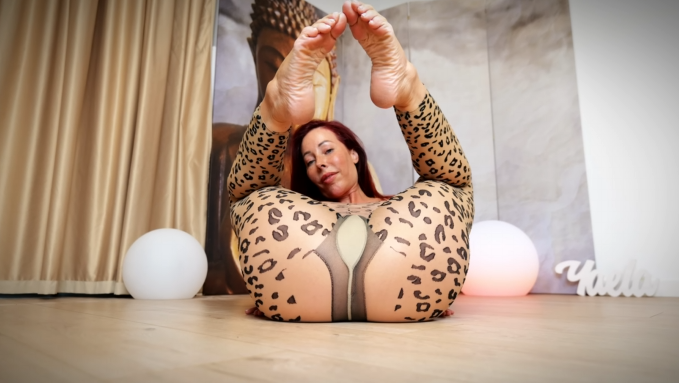
3. Cat-Cow Flow (3 minutes)
Come onto your hands and knees in a tabletop position.
- Inhale as you arch your back, lifting your tailbone and gaze toward the ceiling (Cow Pose).
- Exhale as you round your spine, tucking your chin toward your chest (Cat Pose).
Move slowly with your breath for 8–10 cycles. This gentle spinal movement relieves back tension and warms up the body.
4. Child’s Pose (3 minutes)
From tabletop, bring your big toes together and knees wide apart. Sit your hips back toward your heels and extend your arms forward on the mat.
- Rest your forehead on the mat or a block.
- Breathe deeply into your back and shoulders.
Stay for 1–3 minutes, allowing your body to release fully into the pose. Child’s Pose is one of the most comforting positions in yoga.
5. Supported Forward Fold (5 minutes)
Come to a seated position with your legs extended in front of you. Place a bolster or pillow on your thighs.
- Inhale to lengthen your spine.
- Exhale as you gently fold forward, resting your torso and head on the bolster.
Hold for 3–5 minutes, breathing deeply. This posture calms the nervous system and stretches the hamstrings without strain.
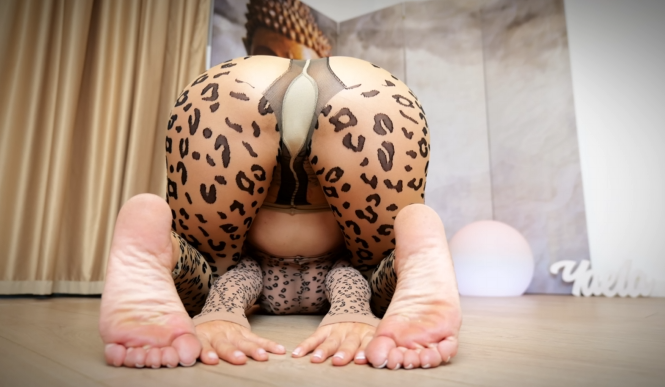
6. Supine Twist (2 minutes per side)
Lie on your back and hug your knees to your chest. Then let both knees fall gently to the right, extending your arms in a T-shape.
- Keep your shoulders grounded.
- Turn your gaze toward your left hand.
- Hold for 1–2 minutes, then switch sides.
Twists are excellent for releasing spinal tension and improving digestion.
7. Legs-Up-The-Wall (Viparita Karani) (5–10 minutes)
Move close to a wall and lie on your back, swinging your legs up so they rest against the wall. Keep your arms relaxed by your sides.
- Close your eyes and breathe slowly.
- Feel your blood flow reverse gently, reducing swelling in the legs and calming the heart rate.
Stay here for 5–10 minutes—it’s one of the most restorative yoga poses for stress relief.
8. Savasana (Final Relaxation) (5 minutes)
Finally, lie flat on your back with your legs and arms relaxed. Cover yourself with a blanket if you like.
- Close your eyes and take slow, deep breaths.
- Let go of any remaining tension.
Stay for at least 5 minutes. Savasana allows your body and mind to fully absorb the benefits of your practice.
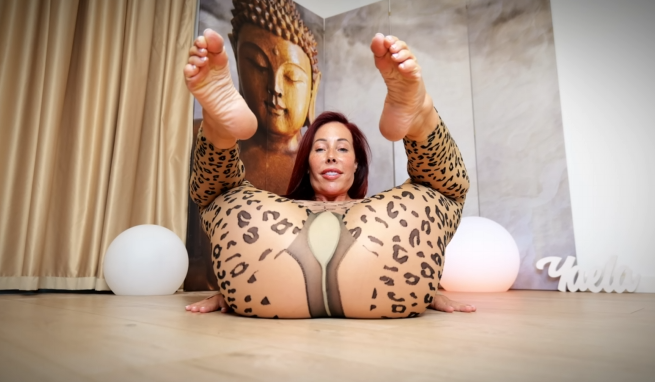
Tips for Maximum Relaxation
- Breathe deeply throughout the practice. Your breath is your anchor.
- Move slowly and mindfully. No rushing—this is your time to unwind.
- Release expectations. Focus on how you feel, not how you look in a pose.
- Practice regularly. Just 20–30 minutes a day can transform your stress levels.
Benefits You’ll Feel After This Flow
By the time you finish this relaxing yoga sequence, you’ll likely feel:
- Calm and centered
- Reduced muscle tension
- Improved mental clarity
- A sense of inner peace
Practicing regularly will enhance these benefits and help you cope better with life’s challenges.
Final Thoughts
Yoga isn’t just about physical flexibility—it’s about creating space in the mind, finding balance, and nurturing your well-being. This gentle, relaxing flow is the perfect antidote to a hectic day. Next time you feel overwhelmed, roll out your mat, slow down, and give yourself the gift of stillness. Your body and mind will thank you.
